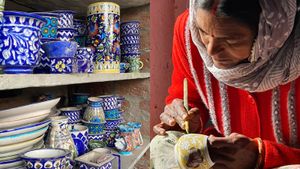The story around Indian tea continues to paint a grim picture in many ways, be it fake labelling of GI-tagged teas to labour issues as well as climate change. All of these negative thoughts evaporate at you ascend mist-filled mountains and the sight of rolling tea estates comes into view and especially after witnessing the process of how teas are made - from tea garden to tea cup with each step laid out in detail.
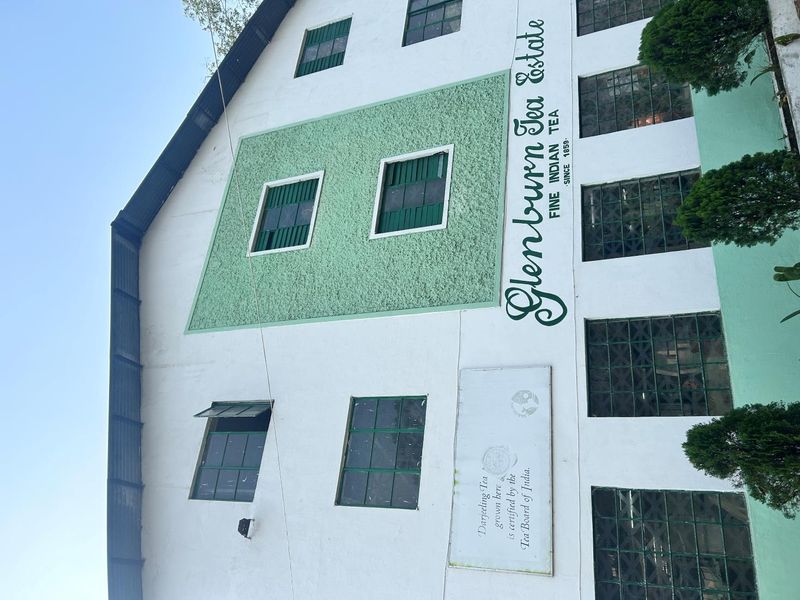
In essence, that’s what a small group of us ended up doing at Glenburn Tea Estate, a vast tea plantation that overlooks the Kanchenjunga mountain range and traces its origins back to 1859. The excursion was planned by AMPM Kolkata along with Bombay Sapphire to highlight its off-the-bar experience and its bar philosophy of using foraged ingredients from the local region.
The estate today is run by Husna Tara-Prakash, whose family earned the moniker of ‘Chaiwala’, literally meaning ‘tea planters’ and includes over 1000 acres of private forest and two rivers that run through the property.
First flush
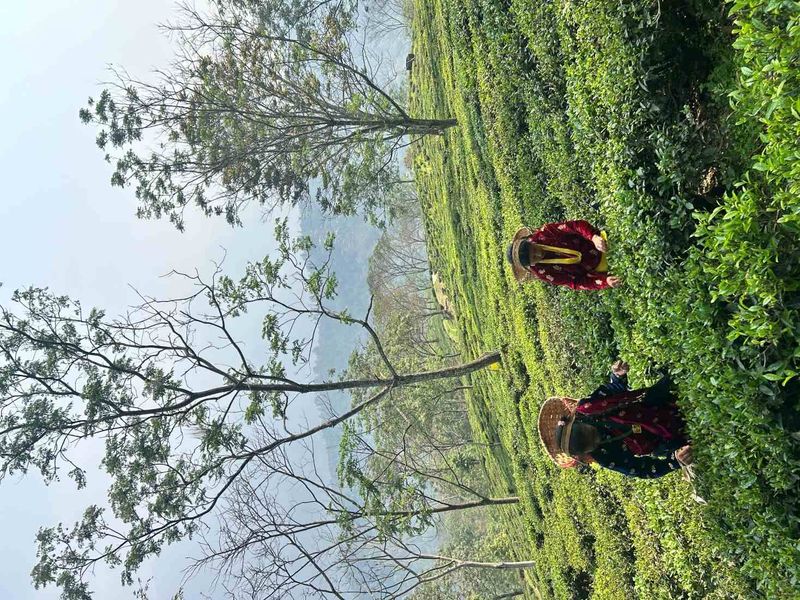
As Indians we’re used to having brown milky tea any time of the day but tea leaves go through different processes and are cut and used at different life stages to optimise their usage and efficacy. Spring season is traditionally known as the time of first flush tea picking, a process that denotes the plucking of the tea plant during its harvest season. Typically carried out between March and April, this is the time to pick out rare and premium teas that get sold at a premium.
The two leaves and a bud leaves picked during this time are tender and more delicate and are more lighter, flavourful and fresh compared to leaves picked at other times. The quantity of tea picked also differs at different stages of picking tea leaves, with small changes leading to big differences.
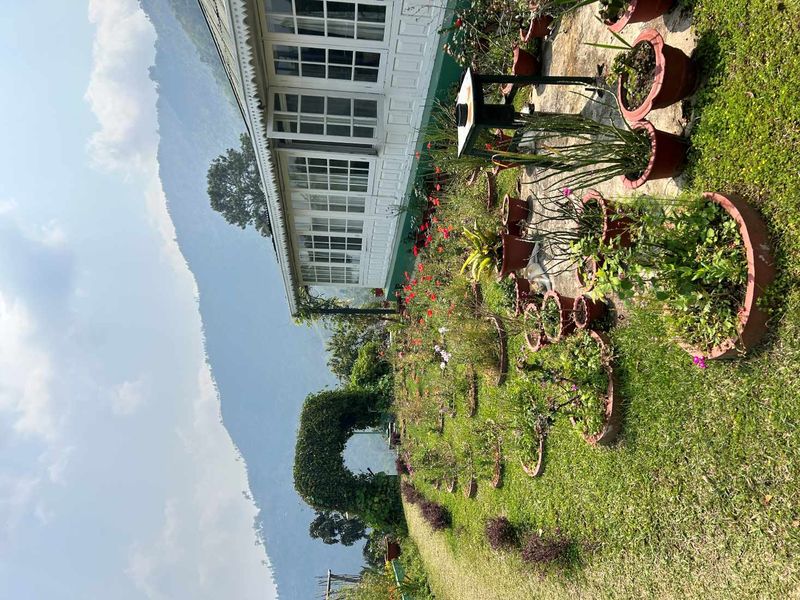
When we arrive, the region has just had a short spell of rain that has breathed new life into the crop with daily yields at Glenburn touching the 2500 kilo mark. Only a couple of weeks ago, it has fallen to 600 kgs because of the weather, Tara-Prakash tells us while guiding us through the tea making process.
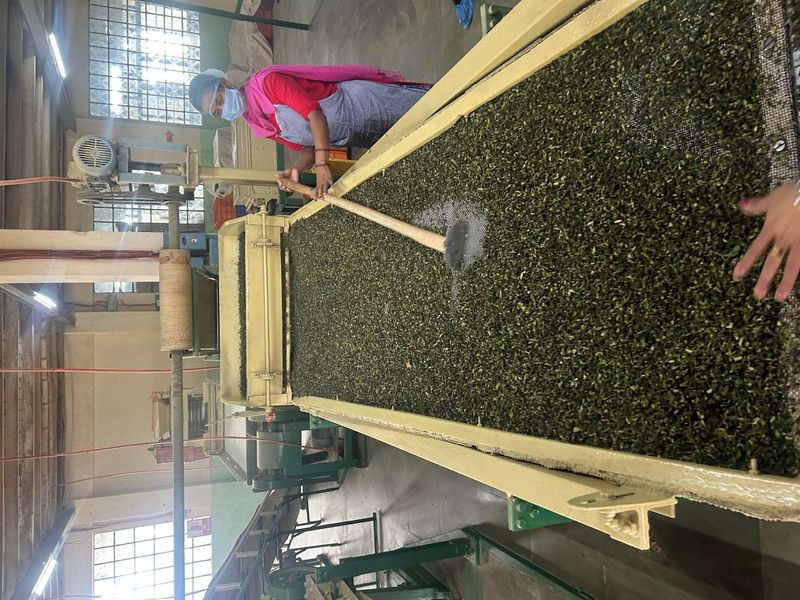
We are also told tales from Tara-Prakash’s family members to the Chinese on how they valued first flush teas. For example, in China only virgin women were allowed to pick these prized leaves earlier and they had elaborate cleansing rituals to ensure the purity of the first flush tea was maintained throughout. She says that these women wouldn’t eat garlic and onion and that their nails were washed every time they picked a tea leaf. As late as 2011, a Chinese company was paying USD 75 (a fortune!) to virgin women with a specific bust size to pick tea leaves with their lips thanks to a local legend that claims fairies would pick tea leaves in China in older times!
At the plantation, we are taken through each step of the tea making process. From weighing to rolling to withering to finally a tasting session to understand the freshness, oxidation and tannins from different teas, this is one tour that requires you to be at your attentive best, simply for the wealth of knowledge on offer.

I find a favourite in Glenburn’s Darjeeling Moonshine Tea, a white tea made in small batches just before the first flush that has almost the entire tea leaf intact. The pale-yellow tea with its floral mouthfeel and a subtle tannin kick in the aftertaste has me reaching for more. Tara-Prakash approves and says the Moonshine Tea is literally ‘spring in a teacup’ that’s selling for a record price of INR 40,000 per kilo in the local market.
Spring season is followed by the second flush with larger leaves and silver tips, usually lasting until June when the monsoon hits and tea leaves are produced by the hundreds that lose their subtleness and simply grow all over, making it ideal for commercial production. A last autumnal flush before the plant goes dormant marks the final stage of tea production and cultivation.
Why Darjeeling tea is special
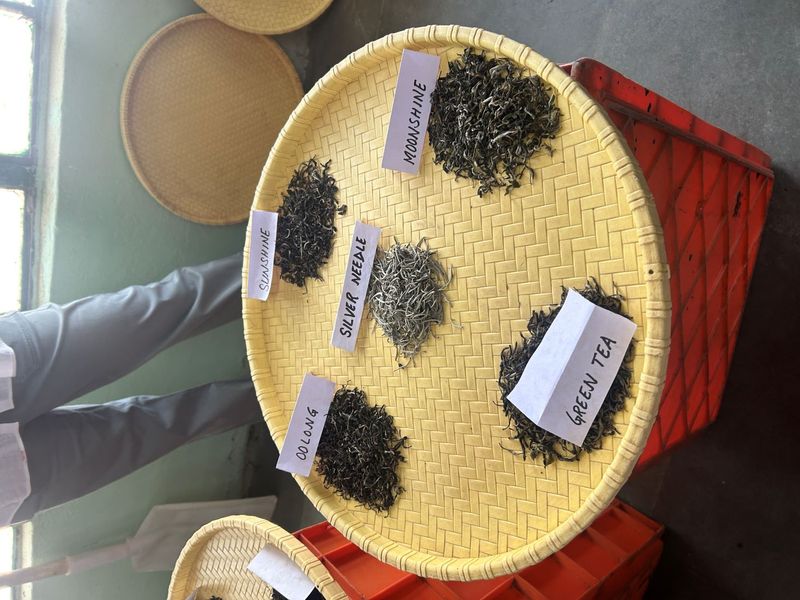
Darjeeling teas are known as the Champagne of all teas produced in the world by connoisseurs for the simple fact that teas grown here are unique. They tend to be a mix of the Chinese and Indian teas, making it one of the most prized teas in the world. It’s difficult to make out the differences between the two, scientifically known as Camellia sinensis sinensis and Camellia sinensis assamica respectively, especially since the tea plants could well be hybrids that cannot be found anywhere else in the world.
A GI tag for Darjeeling tea in 2003 further helped popularise the beverage although it has also brought the spectre of fake Darjeeling tea in recent years. Indeed, one of the reasons to undertake a tea trail is to understand the crop to cup experience with your own eyes so you understand the nuances and flavours of loose-leaf teas that are processed differently from regular commercial tea.
A botanical odyssey
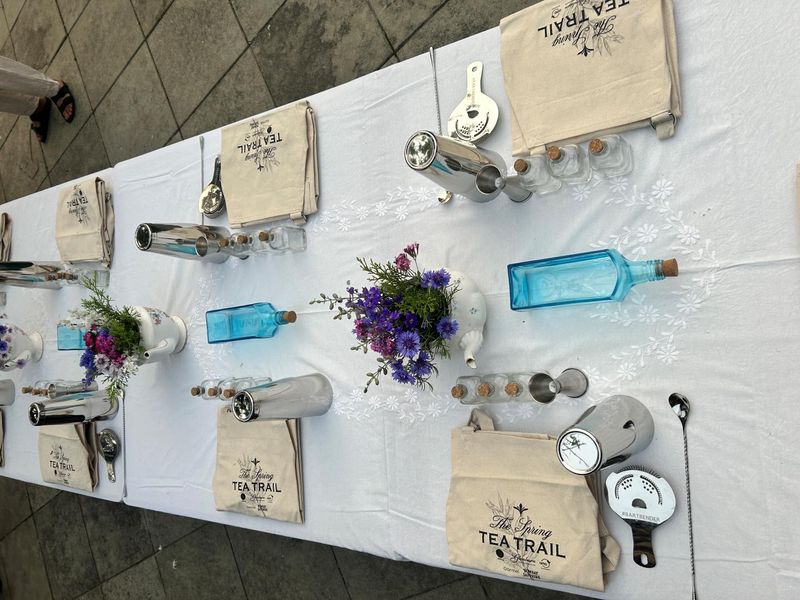
With Bombay Sapphire gin and AMPM Kolkata leading this off-the-bar experience, there was bound to be a round of botanical infusions to take our tea knowledge even further. Following the tour of the tea estate and factory, our group foraged for leaves, herbs, spices and flowers that were infused into gin bottles to make into cocktails.
My bottles had spice and herby notes that went well with tonic water, marking a clear victory for Glenburn Tea Estate into turning me from a coffee to a tea person for the few precious days spent with their team.
How to book
For anyone who wants to know more about where and how their teas are made, a journey to Glenburn Tea Estate is highly recommended. The best time to visit would be anytime between end of February when first flush begins to end of November when autumnal flush sets in. The estate has a website where you can book your stay in one of their beautifully restored colonial era bungalows. Bookings include transport to and from Bagdogra airport and nearby places as well as all meals and activities including personal tours of the tea estate and the factory. Prices begin from INR 48,500 plus GST per night for two people.



_1714925833721_thumb_300.jpeg)
